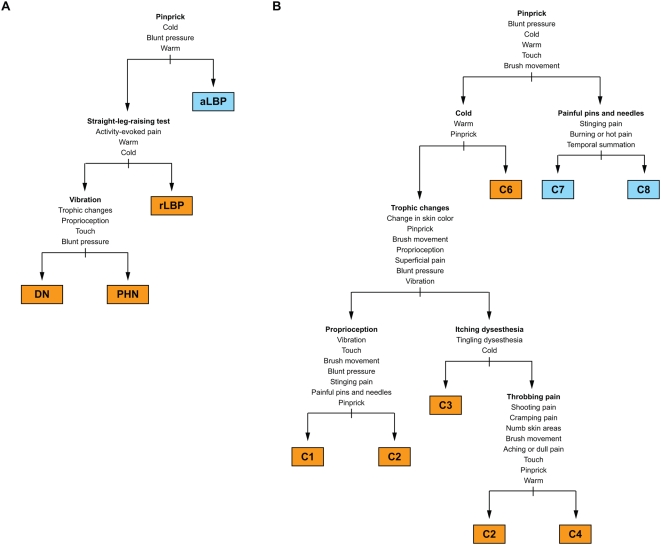Figure 5. Identification of discriminatory pain assessment items.
(A) Using a classification tree analysis, we determined symptoms and signs that characterized the pain in patients with DN, PHN, radicular LBP, and axial LBP. We identified an abnormal response to pinprick (either decreased response or hyperalgesia) as the best indicator of neuropathic pain. Abnormal responses to cold or warm stimuli and to blunt pressure further supported the distinction between neuropathic pain and non-neuropathic (axial) LBP. Among patients with neuropathic pain, a positive straight-leg-raising sign was closely associated with radicular LBP, and a deficit in the detection of vibration was the best marker of DN. aLBP, axial low back pain; rLBP, radicular low back pain. (B) In a separate analysis, we identified those pain assessment items that contributed to the differentiation of pain subtypes. Responses to physical tests dominated among the key characteristics of pain subtypes responsible for the allocation of patients into clusters C1 to C8. Pain assessment items in (A) and (B) are listed according to their contribution to the differentiation of painful conditions and pain subtypes, respectively. The most discriminatory items are shown on top and in bold font.

